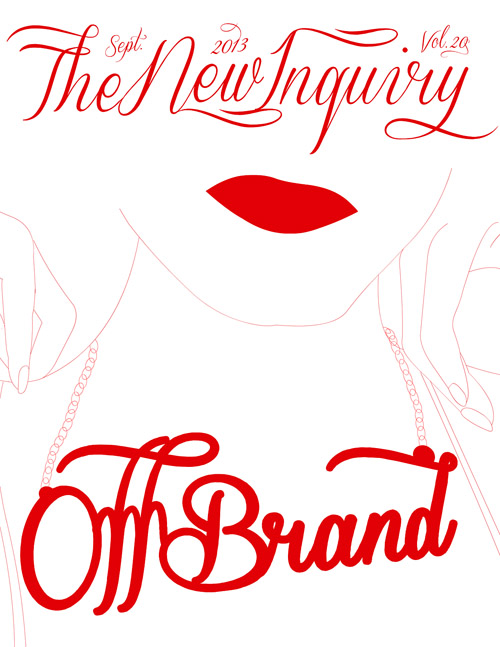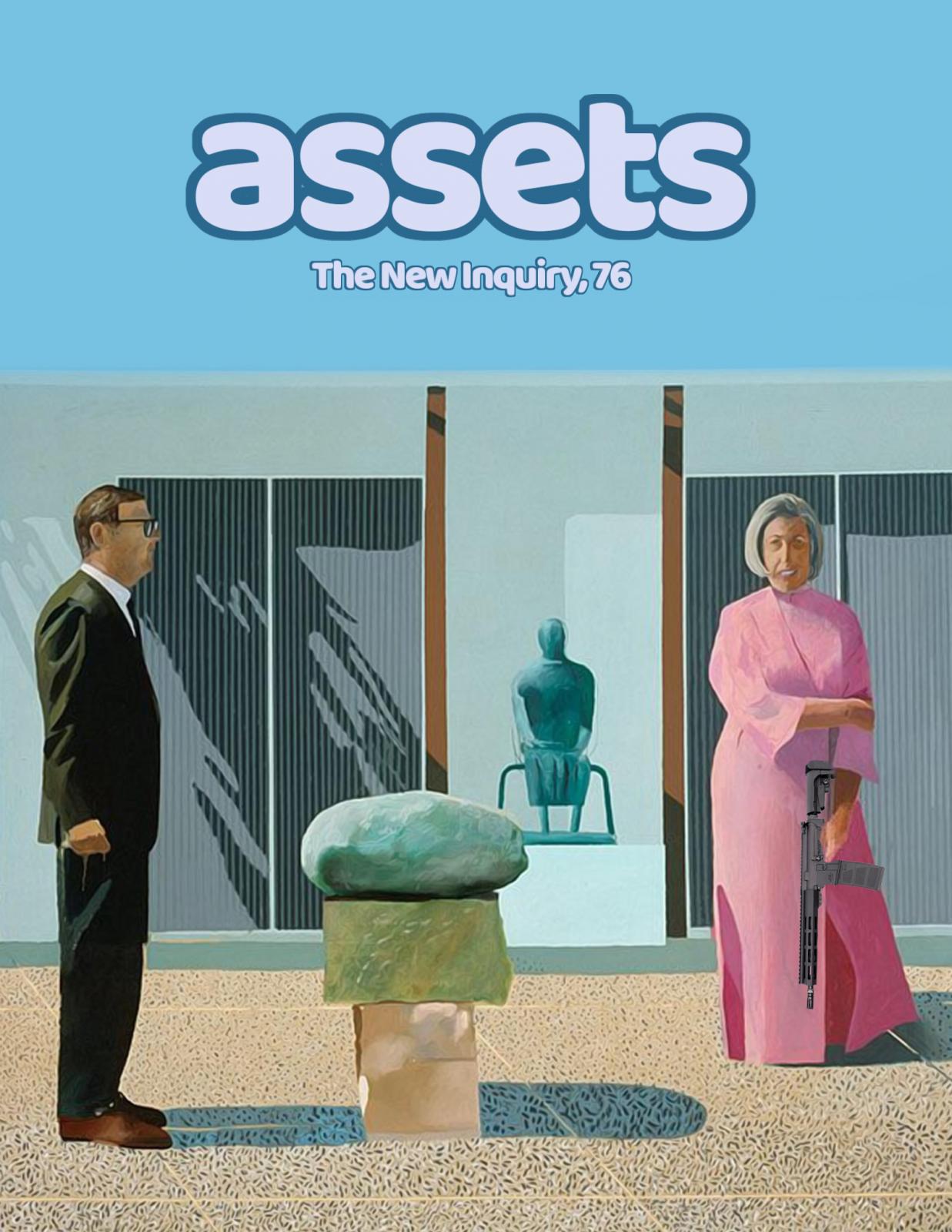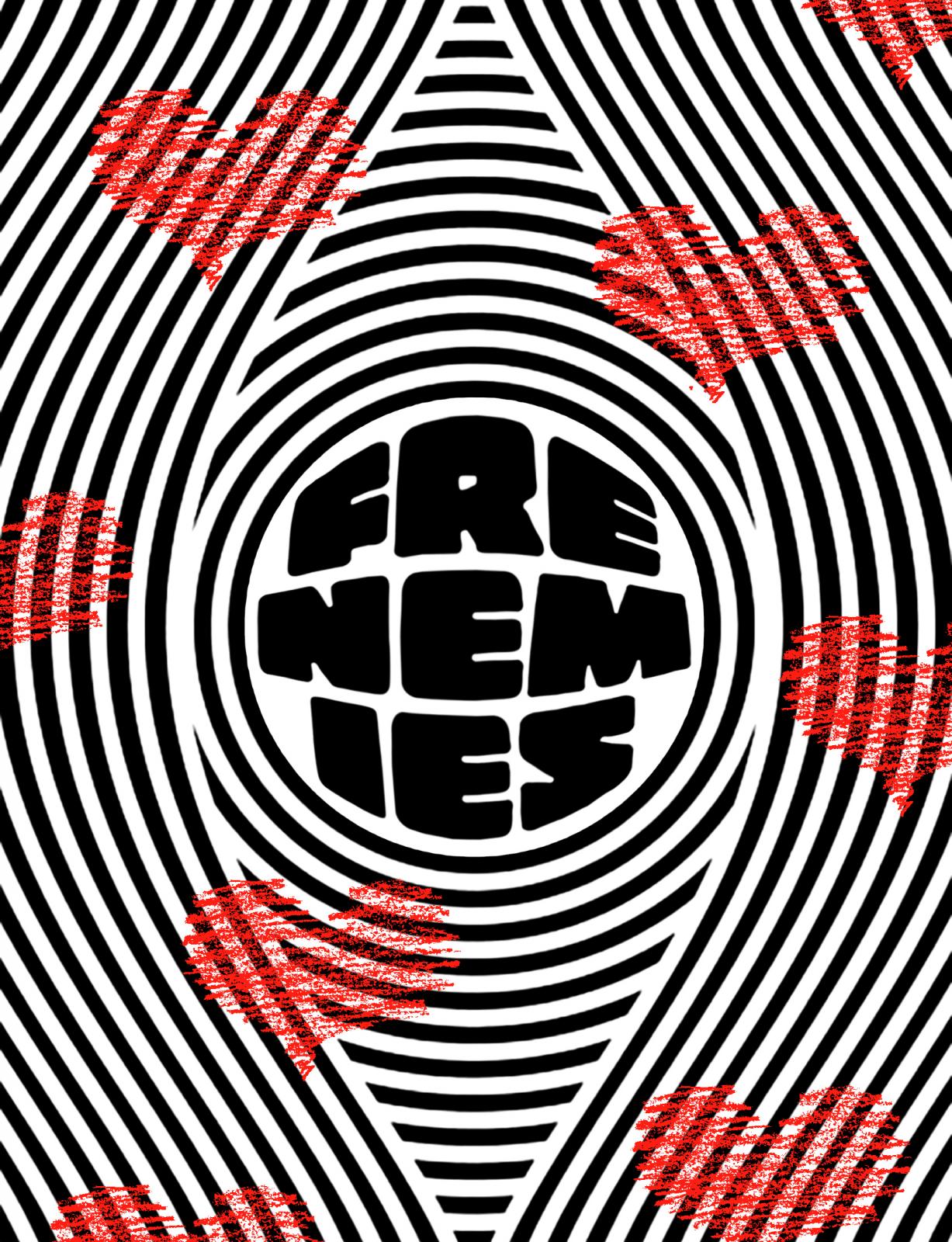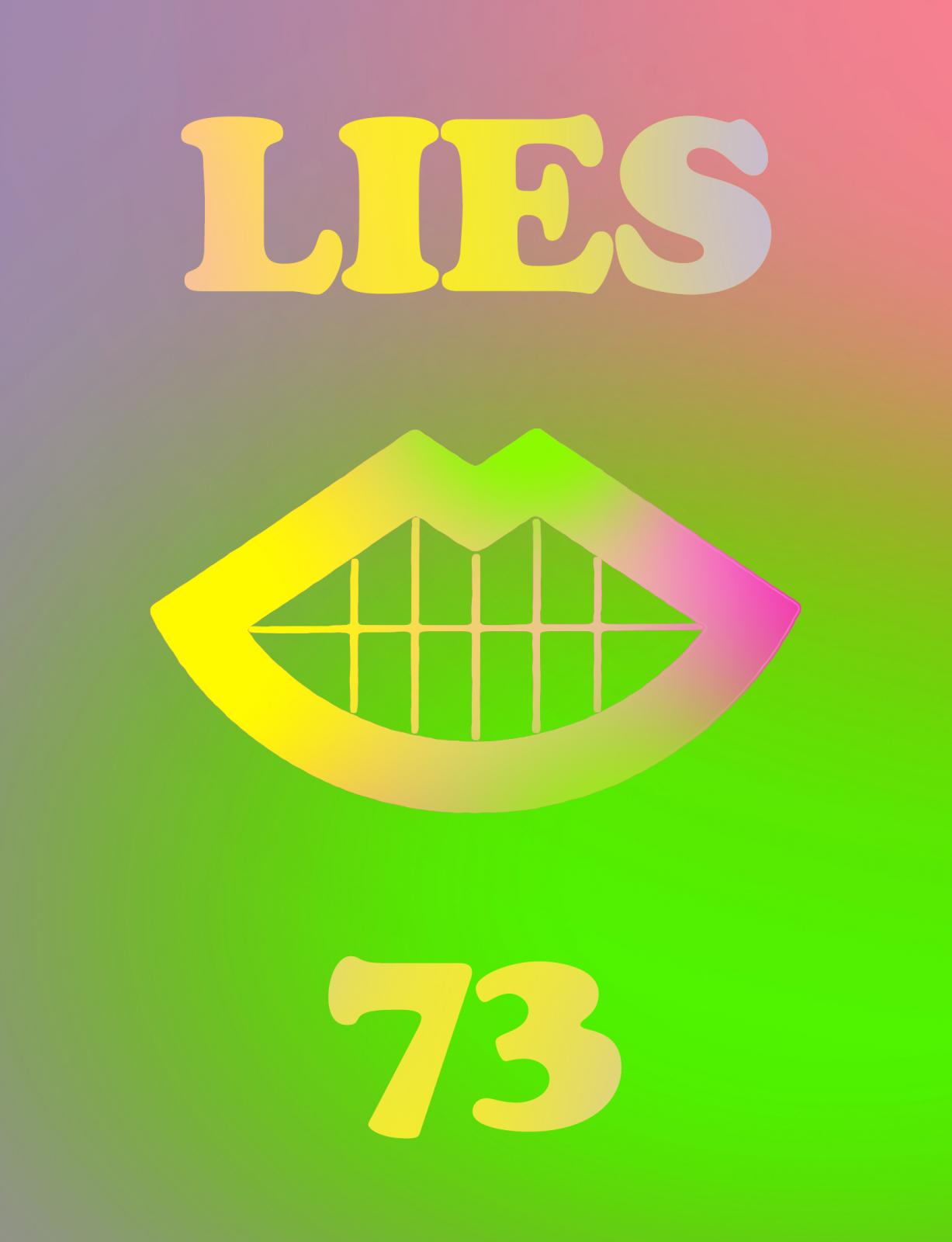Off-Brand
Editors' Note
We are told we must be clothed, and then that our clothes are not good enough. That fashion is predicated on this cruelty—making luxury of necessity, and necessity of a luxury—makes it as morally questionable as the behavior of foodies. Fine: We accept this. But we are also told that we must be bodies and that our bodies are not good enough, and fashion (at least for those who fit into it) can provide an escape from the disappointment of our flesh.
Some of us feel we were born into the wrong body; for that, fashion is the first corrective. For others, fashion is the first rebellion. It lets teens differentiate themselves from the bunch of people they’re stuck in a house with and told they look like. It allows them to belong to a group of their own design, or at least look as though they do.
When the white girl, ever the bearer of bad trends, seeks emancipation from her boredom by becoming other, she unwittingly borrows the tactics of her colonialist dad. Ayesha Siddiqi takes on the wages of house-twerk in the last essay on Miley Cyrus you will ever need to read. Of course, you can’t twerk before you can swagger: Evan Calder Williams, in a letter from Rome, aligns swagger with rage, describing that “ drunken, slippery tightrope walk at the edge of self-control.”
From swagger descends “swag,” the swank stuff you neither buy nor steal but are magically “gifted.” Anyone can get free music or free food (provided their standards are low enough), and art objects are worth nothing unless they’re purchased. Only in the world of fashion—where celebrities are given $10,000 gowns for a night, and top editors get $5,000 handbags at Christmas—is your success measured in your ability to not pay for shit. This is unsurprising: To get luxury goods free, it helps first to be able to afford them. Those who can’t, blog—but while the fashion blogosphere promised democratization, it elected a series of white girls to the throne. Alice Marwick explores the anxiety of authenticity among luxuryless fashion bloggers (the sans-Colette, perhaps?)—those for whom the “real thing” means “like us,” rather than “expensive.”
But we would not be surprised to see Topshop selling ironic burqas come April, their copywriters struggling for a rhyme and arriving in the end at “twerk.” The age of digital reproduction has only sped up the longstanding cycle in which fashion, like a fifth-grader in an argument, imitates everything that screams against it.
For the most part, clothing at every price point adheres to a binary code. Garments are “men’s” or “women’s.” Things are “in” or “out.” You are Vogue or you are not Vogue, and Steve Oklyn, 63-year-old blogger and conspiracy theorist, responds with an emphatic not. Fiona Duncan interviews the outsider icon about high fashion as a “fabricated society of the spectacle” that has become perfectly controlled by corporations.
There’s no better proof of the stranglehold than the Metropolitan Museum of Art’s recent exhibit titled “Punk: Chaos to Couture.” In an essay that departs from “fashion as art” to address the power and responsibility of fashion as speech, Haley Mlotek finds the Met’s exclusion of Nazi imagery from the show to be an act of censorship without morals or grounds.
Fashion posits its binaries only to collapse them—“white” and “ratchet,” “punk” and “chic,” “authenticity” and “style”—so it may build them again, and yet again. What remains fixed is the desire under dress. In selecting appearances, we want not only to be seen but sometimes to be heard before we speak. Fashion can be a weapon of the silenced, even when it is seized and wielded by those who have always talked loudest.
Featuring
-
Vol. 20 Editors' Note: Off-Brand
-
Permanent Display
-
Can the White Girl Twerk?
-
Swarovski Kristallnacht
-
The Wintourian Candidate
-
The Other Foot
-
Digital Runways, Paper Dolls
-
On Rage and Swagger
-
One-Dimensional Woman
-
Epistemology Kills
-
Unsolicited Advice for Living in the End Times, Vol 20





